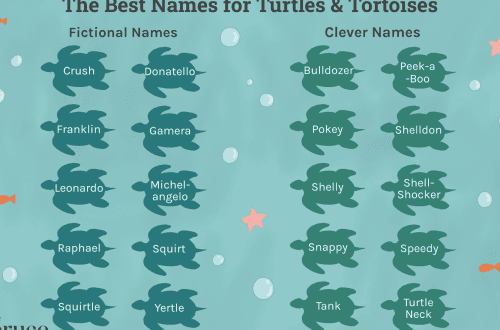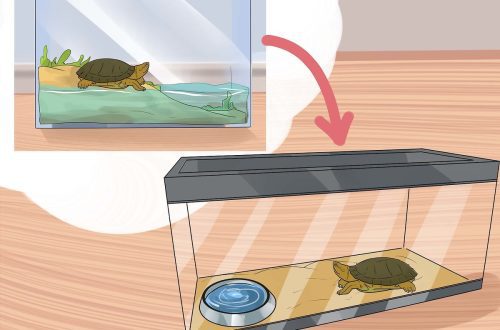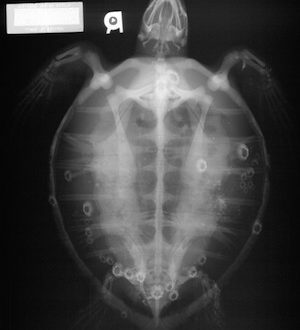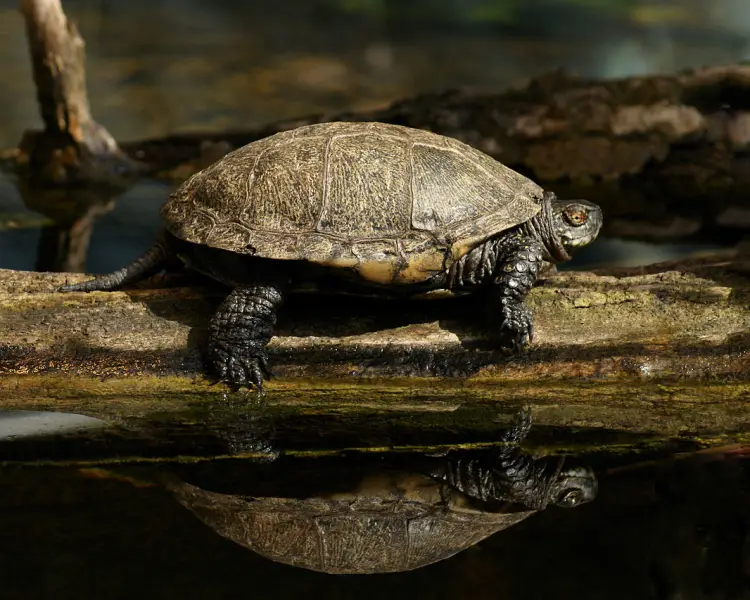
European marsh turtle: photo, description, habitat
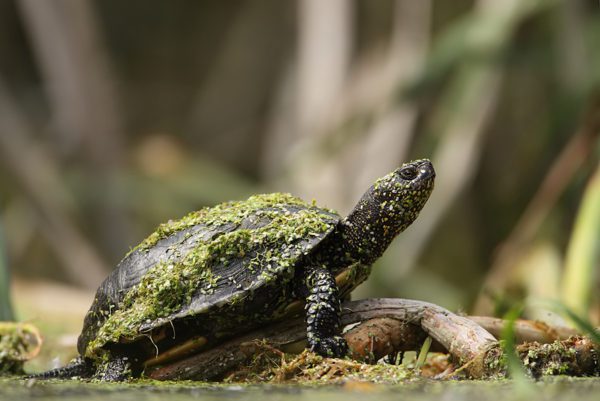
Bog turtles live in the temperate zone. They are ubiquitous in Southern and Central Europe, as well as in the Central part of Russia. The habitat extends to Asia, North Africa and North America. Reptiles prefer river basins and other bodies of water. They can also be found in floodplain forests with wet ground.
Contents
Bog turtle habitats
Bog turtles live in the temperate zone, as they are not adapted to harsh winters and hot summers. Animals can be found in different regions of the northern hemisphere:
- Central and Southern Europe.
- Near East.
- North Africa.
- temperate zone of North America.
It is known that marsh turtles also live in Russia. They can only be found in the European part of the country:
- regions of the Caucasus;
- region of the Caspian lowland;
- sources and basin of the Don;
- Volga region.
The borders of the area where the European marsh turtle lives, pass through the Caucasus in the south, the Smolensk region in the west, the sources of the Don in the north and the southern banks of the Ural River in the east. Russian turtles live in river basins and swamps, where amateurs usually catch them.
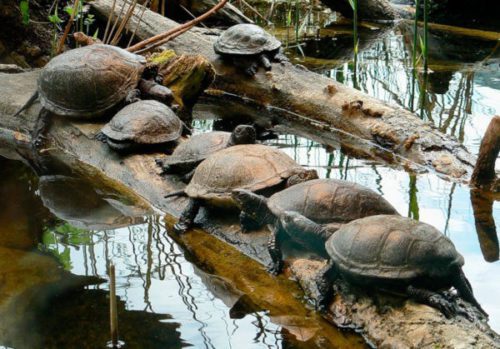
Where can you catch a turtle
Unlike the red-eared turtle, the bog turtle lives only in the northern hemisphere. Experienced breeders know certain places where you can catch representatives of this species – here are a few examples:
- delta of the Dnieper;
- the coast of the Penzyanka River near Saransk;
- ponds near the village of Shadymo-Ryskino (Mordovia).
The European marsh turtle prefers quiet backwaters of ponds, backwaters and coastal zones of rivers. It mainly lives in freshwater areas, however, it is regularly selected to open coastal glades to warm up from the sun’s rays.
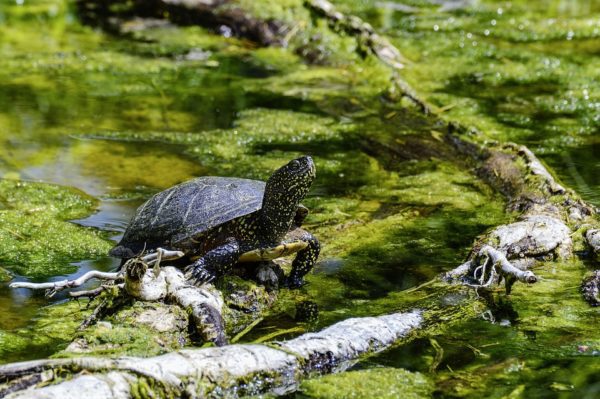
It is better to check with local residents for specific habitats, since it is quite difficult to find these reptiles.
The capture itself is done like this:
- They take a fishing line, plant a piece of ordinary fish (halibut, pollock, hake, etc.) or a beetle, another insect.
- A piece is immersed in the Caramel flavor.
- They throw it to a depth of about 1,5 meters near the shore and wait for the reptile to grab a piece.
- Next, the turtle is lured to the surface, they enter the water and take it by the sides – left and right.
- Carefully pull the hook out of the mouth.
It is best to catch a marsh turtle in the morning hours – from about 5 am to lunch (13-14 hours). It is pointless to do this in the evening and at night, because the reptiles go to sleep, lying on the bottom. Even during the day, it is not so easy to catch this animal, but amateurs can catch several individuals in 1 day. Young turtles weighing 500-700 g often come across, however, there are also adult turtles that weigh 1-1,5 kg.
Where does the turtle winter?
To catch this reptile, you need to know where and how long the marsh turtle winters in nature. Most individuals are active only at positive temperatures. As soon as the air cools down to +6оС (October-November), they leave for wintering, burrowing into the silt at the very bottom of the river. So the turtles spend the entire cold season, after which they reappear on the surface.
They come out of hibernation when the water temperature becomes at least + 5 ° C, and the air warms up to + 7 ° C. In Central Russia, such average daily temperatures steadily occur in mid-April or even early May. Therefore, you can see the first reptiles at the end of spring. In the southern regions, where temperatures are almost always above zero, the turtle is active even in winter.
Anatomy and appearance
A brief description of the appearance of the reptile is as follows:
- The shell can have different shades of black, dark brown and olive colors.
- There are a lot of yellow spots on the body and shell of the marsh turtle. This is a characteristic feature that is always indicated in the description.
- Olive or dark green skin.
- The eyes are orange, yellow or sometimes dark.
- The legs have pronounced claws, equipped with membranes for swimming.
- The tail is quite long (up to 10-12 cm), designed for quick maneuvering under water.

The skeleton consists of the skull, limbs, spine (cervical, trunk and tail). The main part is covered with a dense shell that can withstand loads exceeding about 200 times the weight of the animal. The length of adults living in the wild is up to 35 cm.
Lifespan and reproduction
The bog turtle weighs an average of 700-800 g. These are young individuals that are less than 3-4 years old. At this age, they grow very quickly. Adult reptiles reach 1,5 kg of weight. Life expectancy depends on conditions:
- European and African reptiles live an average of 50-55 years;
- animals living on the territory of Russia and the Near Abroad – 40-45 years.
Reptiles become sexually mature at the age of 7-8 years, when the length of the shell is at least 10 cm. Animals breed in the spring, almost immediately after waking up from hibernation (May-June). Males run after females on land, knocking on the shell with their mouths. Then they climb from above – this is how conception occurs. The female lays her eggs in the sand in the coastal zone (usually up to 200 meters from the coast).
She builds a nest on her own, tearing and forming the ground with powerful paws. The construction of masonry takes an average of 3-4 hours. Then the female bog turtle lays eggs: from 5 to 19. Incubation lasts from 2 to 4 months, so the babies appear in August or September. They break the shell from the inside and quickly crawl out of the eggs, trying to get into the river. Sometimes they burrow into the sand and stay that way until spring. Weight at birth 5 g, length – about 2 cm.
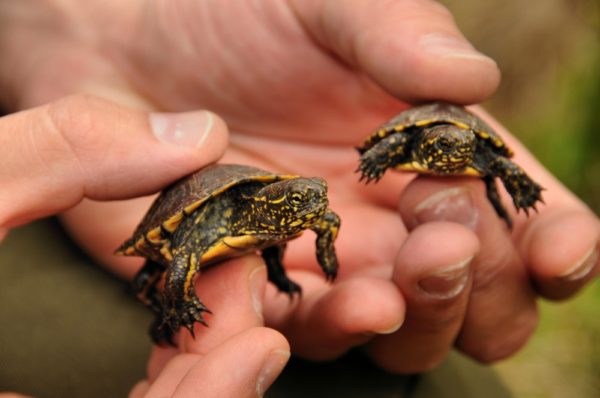
Sex formation is determined not genetically, but by environmental conditions. If the clutch matures at a higher temperature, mostly females will be born, and if at a low temperature, males will be born. Often, turtle nests are destroyed by animals, birds, and also by people. Therefore, in recent years, the number of individuals has been declining, and the bog turtle has been assigned the status of “Near Threatened”.
Nutrition and lifestyle features
A significant part of the time these reptiles spend in the water: they can stay there for several days in a row, sometimes emerging for a few seconds. Turtles tend to get on land, but in most cases they do not crawl further than 500 meters. They choose a quiet clearing and bask on sunny days. The body temperature of an animal is not constant, so it always depends on the ambient temperature.
Bog turtles are excellent at swimming, maneuvering under water, diving, and making any movements. They eat mainly:
- crustaceans;
- insects;
- shellfish;
- tadpoles, frogs;
- caviar;
- small fish.
They mainly prefer to hunt live individuals, but they can also eat carrion. Bog turtles are predators, but weak hunters. More often they can only catch slow moving objects, so they practically do not feed on fish. Up to 15% of the diet is plant foods – duckweed, algae and other aquatic plants.
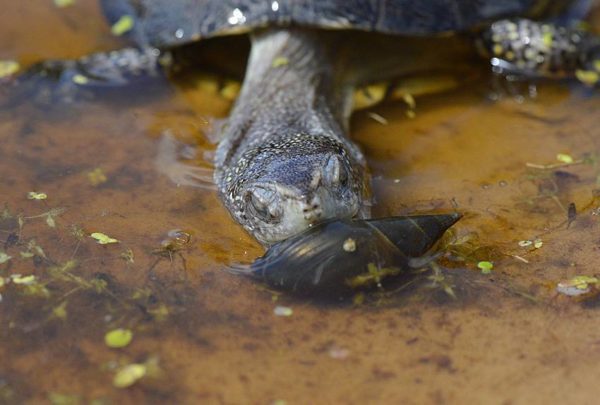
How to set the gender of a reptile
It is possible to determine the sex of a marsh turtle only in adults who are at least 7 years old (carapace length from 10 cm). It is extremely difficult to establish the floor of a single reptile. However, if you compare several animals, it is much easier to do this. The following signs are taken as a basis:
- Females have a flat plastron (the bony surface of the abdomen), while males have a slightly concave inward.
- Females are smaller than males (moreover, in most other species, the situation is the opposite).
- Males have longer and more powerful claws on their front paws.
- The tail of males is long, powerful, while that of females is shorter and without obvious thickenings.
- The back of the plastron is angular in males and rounded in females.
- Females have lighter (yellow) eyes, while males have orange and brown eyes.
- In females, the jaws are more developed than in males.
There are other distinguishing features. Males behave much more aggressively, often arrange fights with competitors. They run after females on land, swim after them in the water.

The name of the species “Marsh turtle” reflects the characteristics of the habitat and lifestyle of the animal. Although in fact, these reptiles are more common in the clear waters of rivers, ponds and lakes. They prefer quiet backwaters with high humidity and moderate temperature fluctuations.
Video: European marsh turtle in the wild
European bog turtle
4.1 (81.43%) 14 votes



